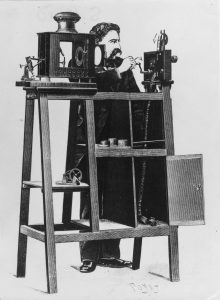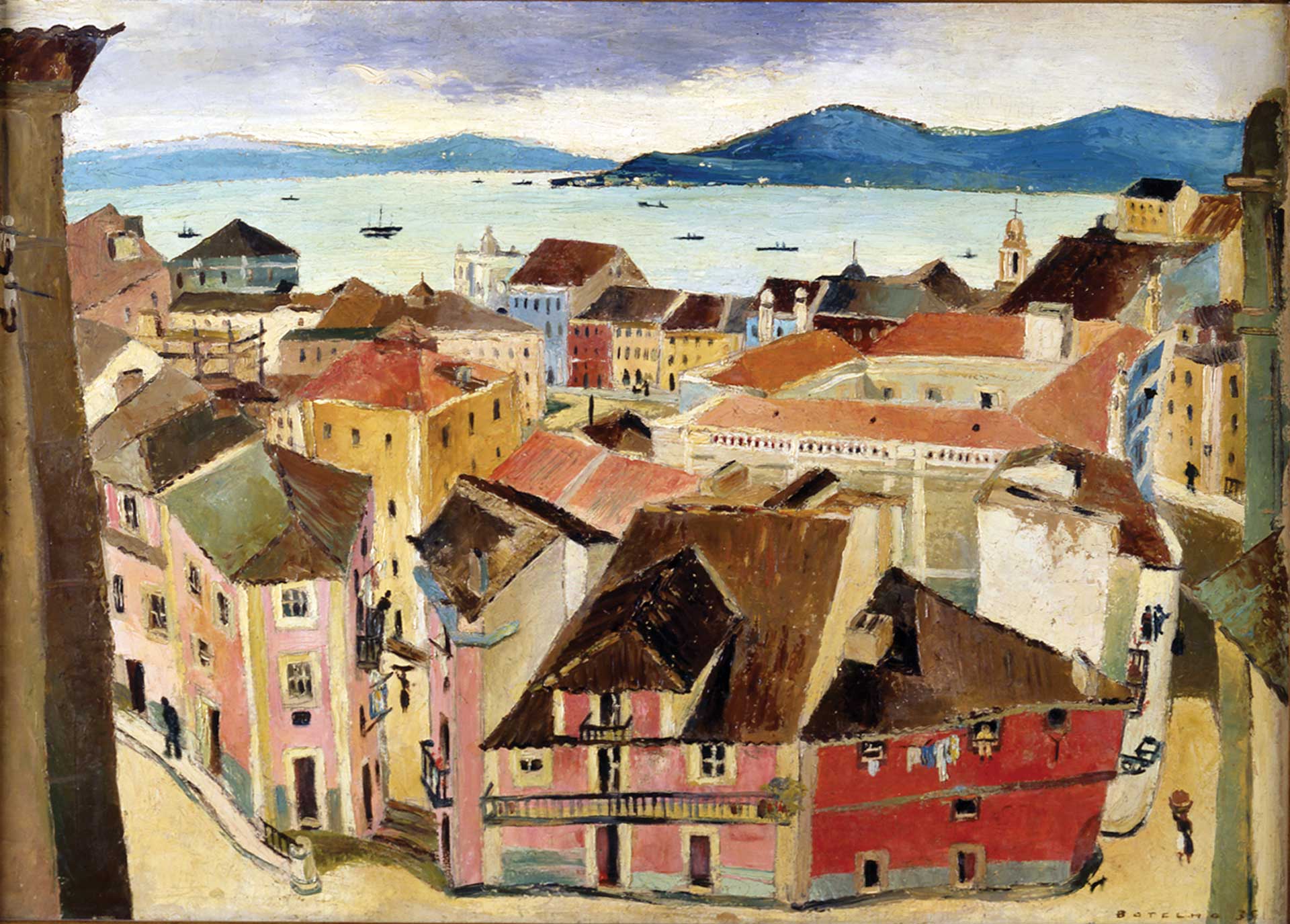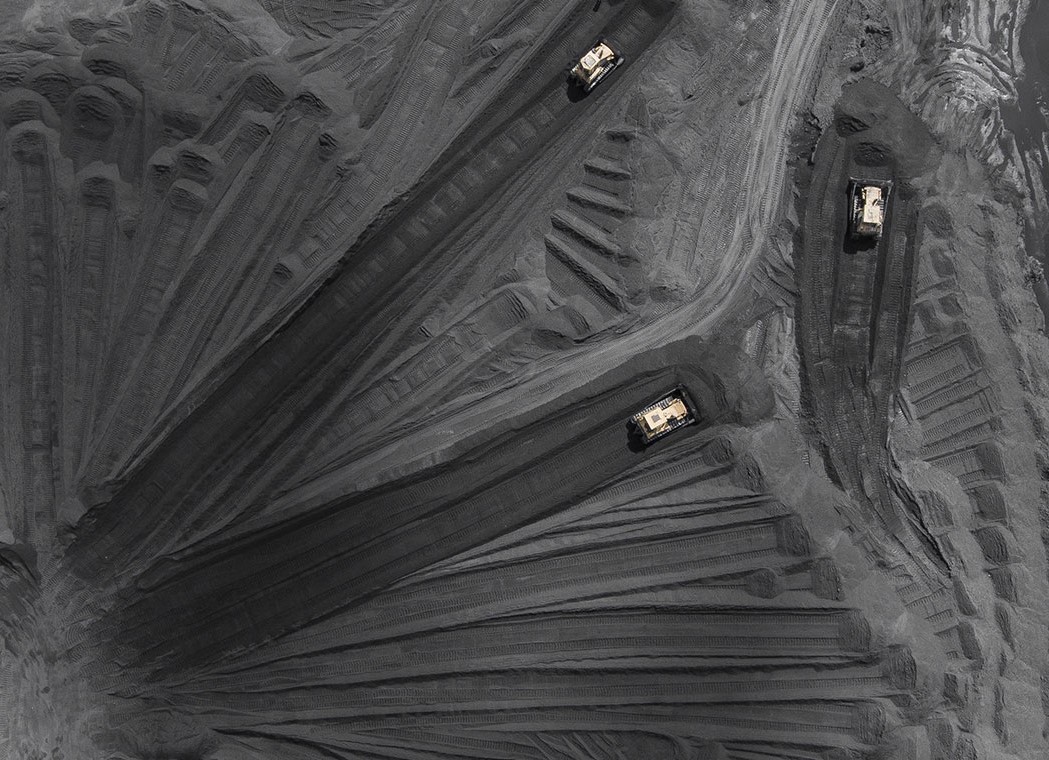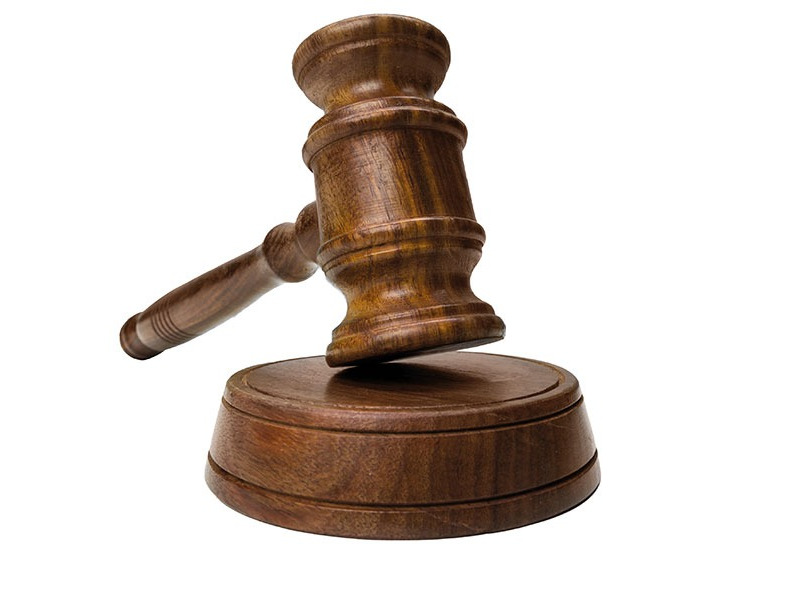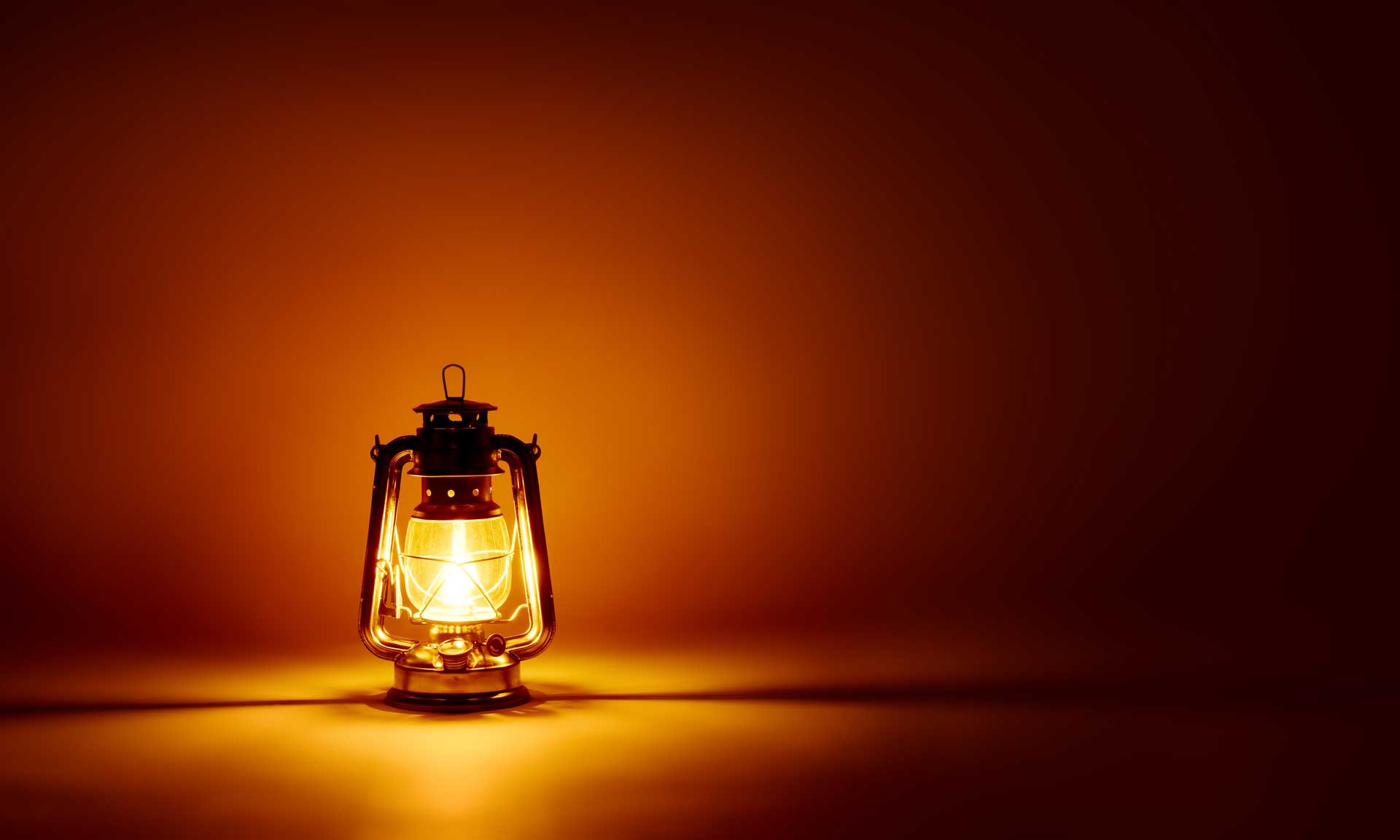
Some of the Brightest Lights in History
BIBLE: THE BEGINNING
“Let there be light” is the first quote attributed to God and it appears in the third phrase of the Bible (Genesis 1:3). After the heavens and earth, God calls on the appearance of light to rebel against the darkness and, like an artist, materialises the concept of light, which is, at the same time, a metaphor for truth and healing.
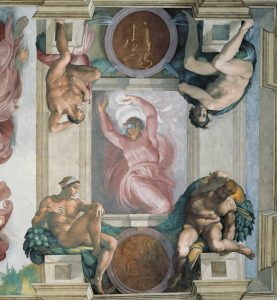
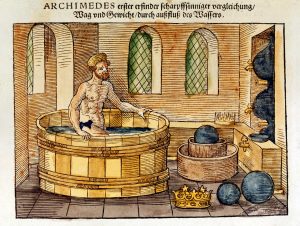
AND THEN THERE WAS LIGHT!
“Eureka!” exclaimed Archimedes, through the ancient streets of Syracuse after finally having found the answer to a mystery King Hiero of Syracuse had commissioned him to solve. While taking a bath, the mathematician and physicist discovered that when a body is immersed in a fluid, an upward force is exerted by the fluid that opposes the weight of the fluid displaced by the body. That’s how Archimedes discovered that the craftsman whom the King had commissioned to make his crown had replaced part of the gold he should have used with silver. This light-bulb moment went down in history as the birth of the Archimedes principle, a physical law discovered by the mathematician and geometry expert who lived from circa 287 to 212 BC.
A GENIUS LAMP!
The genie of the lamp is one of the most fascinating characters in childhood stories. The fictional character was created in the popular tale of Aladdin from the One Thousand and One Nights (The Arabian Nights) collection, which tells the story of a poor boy who a fake magician tries to deceive, convincing him to retrieve a golden lamp from inside a cave filled with a treasure. When the impostor tries to cheat him, Aladdin catches on to his scheme and seals him inside the cave. That’s when he sees the inscription on the lamp and rubs it so that he can read it. All of a sudden, the lamp’s genie appears, ready to grant his new master’s three wishes.
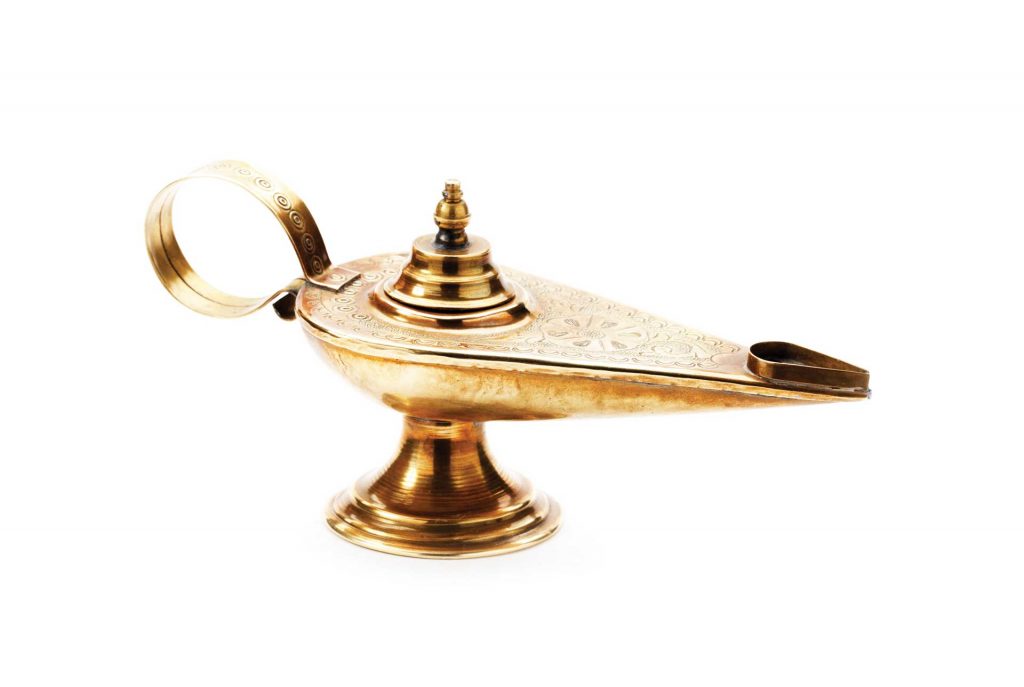

A BATTLE OF LIGHT BETWEEN INVENTORS
The War of the Currents pitted American Thomas Edison against Serb Nikola Tesla during the last decades of the 19th century. At the heart of the dispute between the two brilliant minds was the electric power supply for homes and businesses in the United States, at the time in the early stages of development for mass distribution. Edison argued that the direct current, with two polarity options and running continually in a single direction – over which he held a patent – was the best system for distributing electricity. Tesla, on the other hand, believed that the alternating current, with a phase and the current reversing direction at regular intervals, would be the best option. Not even the most underhanded methods nor the investments already made in New York city in direct current could prevent Tesla’s alternating current from winning and becoming the international standard. The decision was based on the benefits of transmitting electric power using alternating current in relation to the risk of electrocution.
WHERE LIGHT BEVERAGES COME FROM
The first drink to be dubbed “light” (diet) was rolled out on August 9, 1982 by the Coca-Cola Company. With no sugar or c alories, Diet Coke or Coca-Cola Light was introduced on the market eight years before the regulation on the nutritional description and the use of health claims on food packaging were approved in the US. Coca-Cola Light is one of the company’s most successful beverages and is sold in nearly 150 countries.

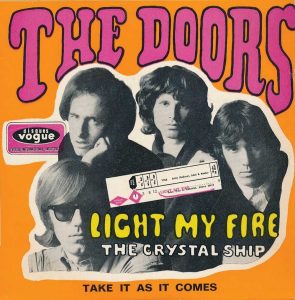
“LIGHT MY FIRE”
“Light My Fire” catapulted The Doors to fame overnight, with their debut album. It topped the Billboard Singles charts for three months in 1966, a year after the American band was formed. The song was written by guitarist Robby Krieger, and inspired by charismatic singer Jim Morrison.
NEON CITY
The neon gas tube was created in 1910 by Frenchman Georges Claude and gained international acclaim in the United States, especially in the 1950s. The legalisation of gambling, in 1913, saw Las Vegas grow and quickly transform into the Mecca of gambling and a city of neon signs.
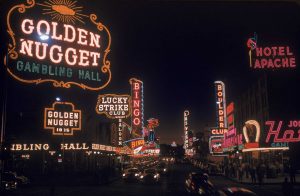
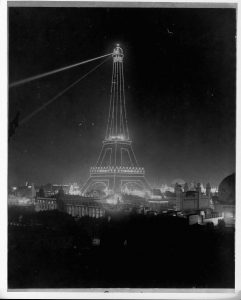
GLOWING EIFFEL TOWER
The city of light’s most emblematic landmark was built temporarily as a gateway to the Paris Exposition Universelle of 1889, but ended up a permanent fixture in the French capital. A year later, 3,200 incandescent light bulbs were installed on the Eiffel Tower when Paris hosted the World Fair of 1900, which showcased the scientific and industrial achievements of the previous century, and welcomed 50.8 million visitors between April 15 and November 12 that year.
THE LUMIÈRE OF CINEMA
Introduced by the Lumière brothers, Louis and Auguste, on 28 December 1895, the cinematograph allowed images to be instantly recorded, in frames, thus providing the illusion of movement. The apparatus patented by the Lumière brothers led to the birth of cinema and is considered an improvement on Edison’s kinetoscope. In a session open to the public in Paris, the first 20 minutes of moving picture showed “Workers Leaving the Lumière Factory” and the Arrival of a Train at the Ciotat Station”.
